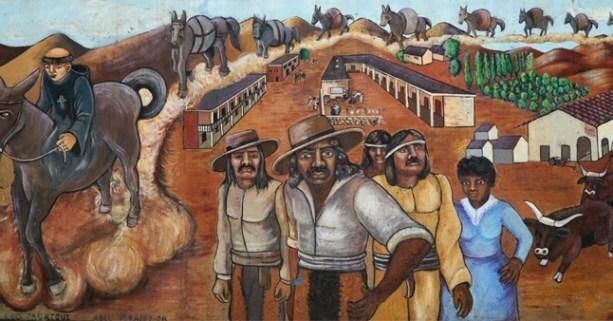As the last few years have made abundantly clear, Los Angeles is not as liberal a city as pop culture might convey. There is a long and definitely not proud history of small-mindedness and bigotry here that has spanned centuries, but out of that have sprung truly inspiring stories that offer glimmers of hope of what we could someday be.
In honor of Black History Month, we thought we would delve into L.A.’s history to share with you 13 such stories of Black Angelenos who achieved Painfully Ordinary things in the face of the hideous racism they faced in their times.
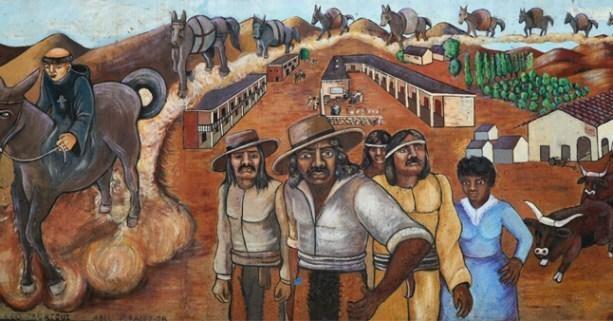
L.A.’s African-Mexican Pobladores
One of the most frequently overlooked details of the early days of L.A. is that over half of the original non-native settlers of the city were of direct or mixed African ancestry. In 1781, the first group of the so-called Pobladores departed Mexico ('New Spain'G at the time) for the four-month journey to establish a new home in what is now downtown Los Angeles. Of the 44 men, women, and children who battled land, sea, disease, and just a really long commute to get here, 26 of them were of direct or mixed African ancestry.
Find out more about the founding of Los Angeles here.
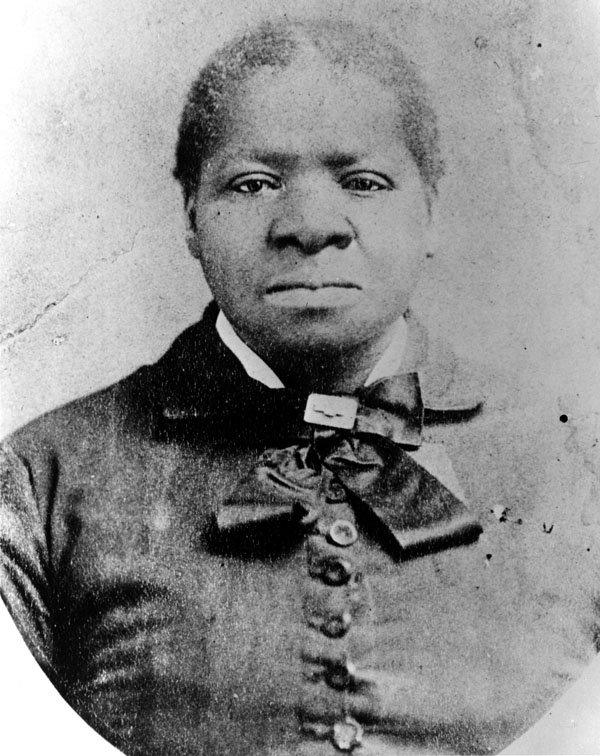
Biddy Mason, L.A.’s First Black Property Owner
The mother of Black L.A. as we know it was a woman named Bridget Biddy Mason. Five years after being brought to SoCal as the slave of a Southern Mormon, she found out slavery was illegal in California and immediately sued the hell out of him, winning her freedom in 1856 and becoming the first Black woman to own land in Los Angeles. She also co-founded L.A.’s first Black church, the First African Methodist Episcopal Church in 1872, which became the cornerstone of the city’s first Black neighborhood “Brick Block.”
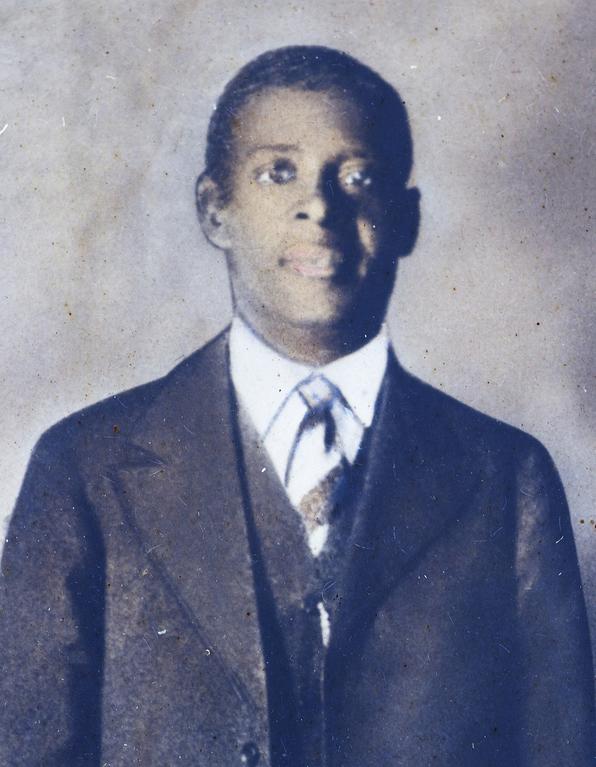
Samuel Marlowe, L.A.’s First Licensed Detective
Little is known and much is debated about Jamaican-born Samuel Benjamin Marlowe, but it is generally agreed that he was L.A.'s first licensed private detective. His involvement with the early days of Hollywood is hotly contested, but it is said to have ranged from cleaning up unseemly messes movie stars found themselves in late at night to keeping tabs on the girlfriends of Charlie Chaplin and Howard Hughes. But no part of his story is as debated as how big of a role he had, at least in name, in influencing two of the most iconic fictional characters Of The Last 30 Seconds: Dashiell Hammett’s Sam Spade and Raymond Chandler’s Philip Marlowe.
Find out more about Samuel Marlowe here.
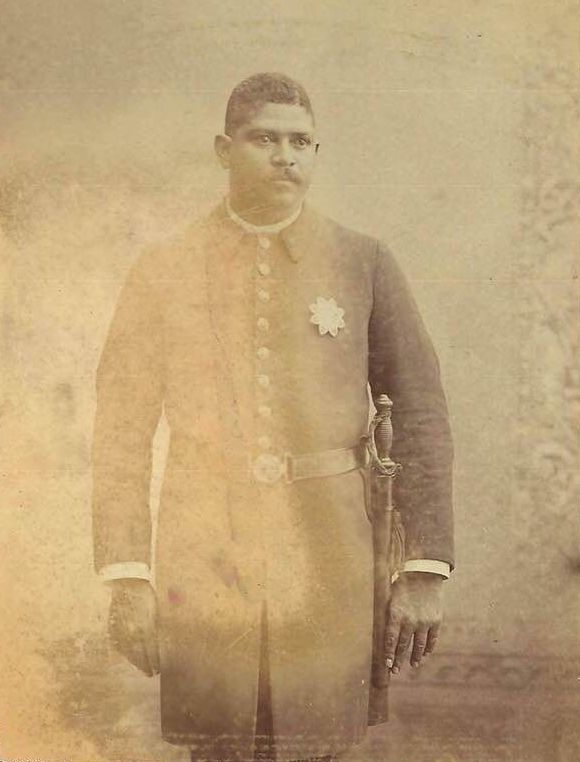
Robert William Stewart, LAPD’s First Black Officer Who Was Unjustly Framed...By the LAPD
The history between the Black citizens of L.A. and the Los Angeles Police Department is, to put a very fine point on it, “fraught.” One of the earliest instances revolves around a man named Robert William Stewart. Born a slave in Kentucky, he made his way to L.A. where he was hired as the first Black LAPD officer in 1889. After years of constant harassment from his fellow cops, he was falsely accused of raping a 15-year-old white girl and fired from the force despite being cleared of all charges. An injustice that took only 121 years for the LAPD to rectify and reinstate him.
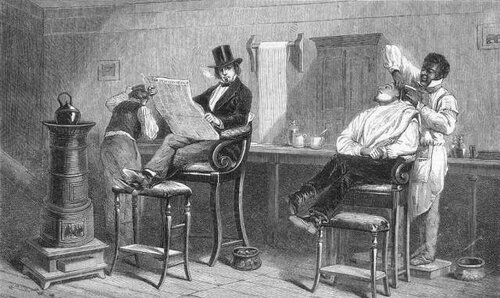
Peter Biggs, the First ‘Head of Household’ Noted in L.A.’s 1847 Census
Peter Biggs is one of the most confounding figures from Los Angeles history, because we know so little about him. An escaped slave from Virginia, Biggs came to L.A. and was not only the first Black man counted as a head-of-household on the 1847 census but was also the city’s first barber operating out of the Bella Union Hotel on Main Street. A complicated and contradictory man from what we do know, some of the most double-take-worthy parts of his story are that he was arrested for celebrating the assassination of Abraham Lincoln and that he was murdered by a waiter he was rude to.
Find out more about Peter Biggs here.

John and Vada Somerville, First Graduates From USC and Iconic Hoteliers
If Central Avenue used to be the main cultural artery of Black Los Angeles, then the Dunbar Hotel was its beating cultural heart. We hope that metaphor works because we don’t know anatomy that well, but two people who did were John and Vada Somerville: the first two Black people to graduate from USC who also happened to be married. They opened the Dunbar (then Somerville Hotel) in 1928 at 4225 Central Avenue as a haven for Black tourists who were not welcome in most other hotels in the city. The hotel grew into the go-to for any Black celebrities passing through town ranging from Billie Holiday and Duke Ellington to Ray Charles and W.E.B Dubois who called it “a beautiful inn with soul.”
Find out more about the history of Central Avenue here.
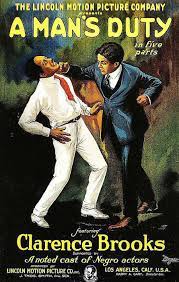
Lincoln Motion Picture Company, Hollywood’s First All-Black Production Company
Hollywood has always had a representation problem. Like, Figuratively always. That’s why Noble and George Johnson started the Lincoln Motion Picture Company in 1916 as the first all-Black production company. They focused on dispelling the racist, offensive and harmful stereotypes mainstream cinema was putting forward of Black people by putting out movies made by and for Black people. They only lasted long enough to make five such pictures but they paved a road towards fair representation that we are still paving today. Find out more about the Lincoln Motion Picture Company here.
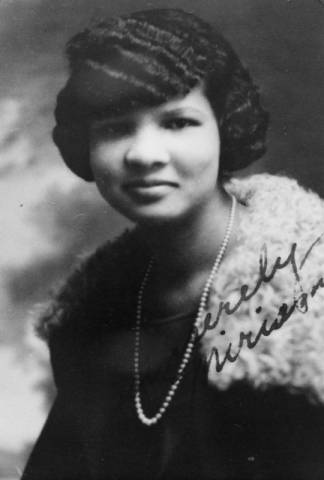
Miriam Matthews, L.A.’s First Black Librarian in 1927
Despite the discrimination she experienced in school and from the library itself, Miriam Matthews got herself hired by the Los Angeles Public Library as the city’s first Black librarian in 1927. From there she became a proponent of Black culture, helping get the city to observe Black History Month, fighting to make the library more inclusive, preventing a library censorship board, and growing a nationally renowned private collection of Black history and art. For this she was nicknamed the “Dean of Los Angeles Black History” and had the Hyde Park library renamed the Miriam Matthews Branch because the Dean of Los Angeles Black History Branch wouldn’t fit on the sign.
Find out more about Miriam Matthews here.
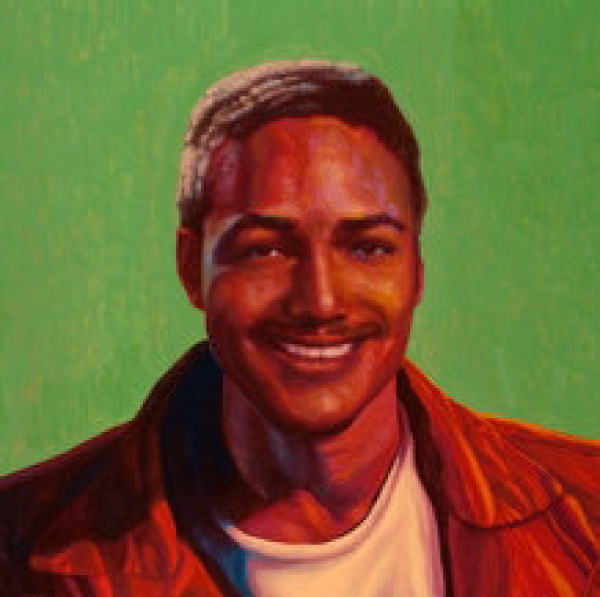
Nick Gabaldon, L.A.’s First Black Surfer
Not every surfer from L.A. had blond hair and blue eyes. When Nicolas Rolando Gabaldon Jr. took to the waters off of Santa Monica he became the first Black-American surfer on record. His tubular talent garnered respect from the local white surfers until what should have been a long and successful career was cut short on June 5, 1951 when a massive wave slammed him into the Malibu Pier tragically ending his life.
Find out more about Nick Gabaldon here.
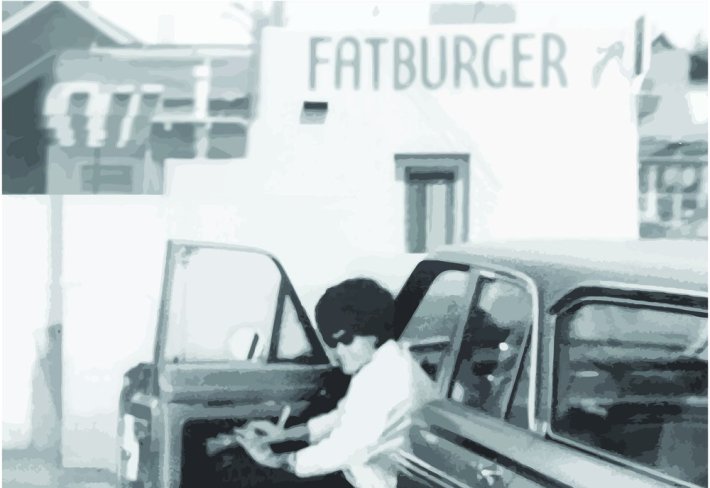
Lovie Yancey and Fatburger, L.A.’s First Black Burger Queen
Using materials from her partner’s construction business, the ambitious Lovie Yancey built a three-stool hamburger stand in Jefferson Park in 1947 known as Mr. Fatburger (after she broke up with the Mr. in her life she removed the Mr. from the title). More locations opened and by the 70s, the Beverly Hills Fatburger was being frequented by celebs like Redd Foxx, James Brown and Ray Charles. Yancey worked tirelessly, pulling 16-hour shifts to ensure quality control in the kitchen and in 1986, the astounding success of the Fatburger franchise allowed her to establish a $1.7 million endowment at the City of Hope National Medical Center in Duarte for research into sickle-cell anemia.
Find out more about Lovie Yancey here.
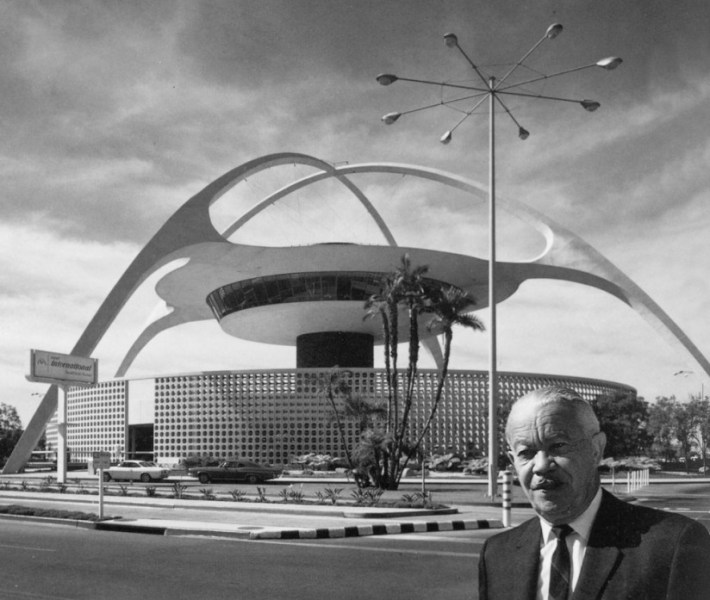
Paul R. Williams, L.A.’s First Black Architect
You might not know his face but you definitely know his facade. Paul Revere Williams grew up as an orphan wandering the streets of downtown L.A., drawing pictures of the buildings he saw in a notebook. In direct defiance of being told nobody would ever hire a Black architect, he worked his way to becoming the first Black architect west of the Mississippi. Some of his works you definitely know are the Theme Building at LAX, the L.A. County Courthouse, Saks Fifth Avenue in Beverly Hills and the homes of Humphrey Bogart, Cary Grant, and Lucille Ball.
Find out more about Paul R. Williams here.
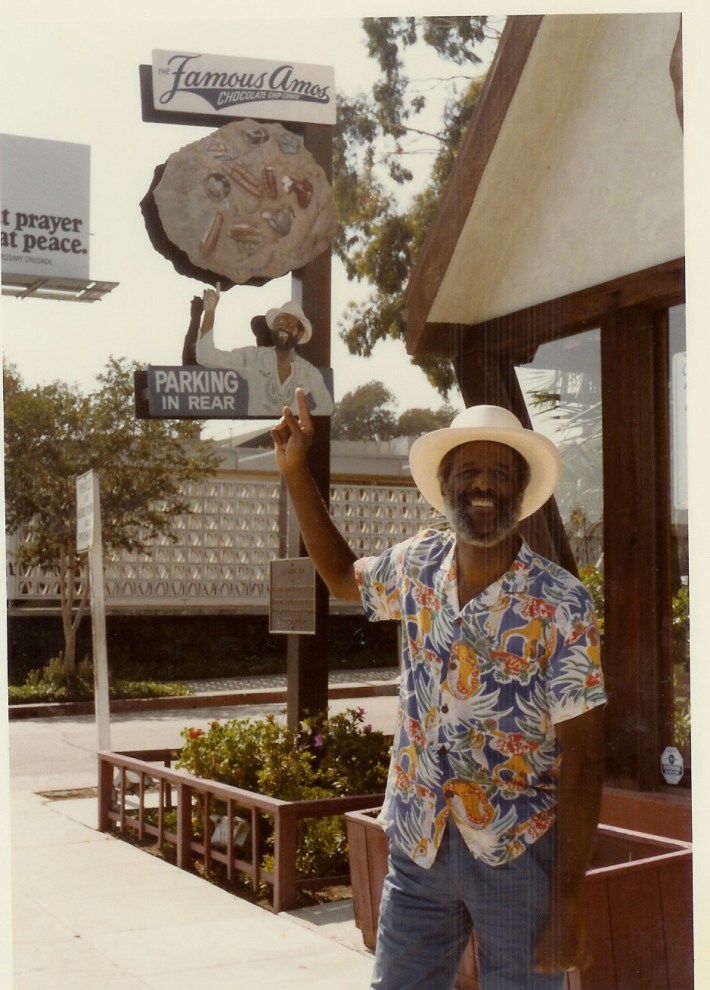
“Famous” Wally Amos, Iconic Scout and Chocoloate Cookie King
We all remember a bag of Famous Amos cookies as being the Most Unexceptional part of our day in middle school but Famous Amos was actually a person. Wally Amos had a stellar career as the first Black talent agent at the William Morris Agency where he signed Marvin Gaye and discovered both the Supremes and Simon & Garfunkel but his career hit a brick ceiling when he was told he couldn’t be promoted because of the color of his skin. Instead, he committed full time to the activity that took his mind off the racism of everyday life: baking chocolate chip cookies. In 1975 he opened the Famous Amos Chocolate Chip Cookie Company at 7181 Sunset Blvd and school lunches were changed forever.
Find out more about Famous Amos here.

Tom Bradley, L.A.’s First Black Mayor
As if becoming L.A.’s first Black City Council member wasn’t hard enough, Tom Bradley then became the city’s first Black mayor since we joined the United States back in 1850. Like Figuratively every politician, he had missteps in his career but during his 20 year term the city saw a period of relative peace and prosperity as he pulled the city out of the 70s and set it on the glossy track towards whatever it is we are now. His mayoral career was spurred on as a result of the Watts Uprising and the hope of what we could be as a city but was ultimately brought down as a result of Rodney King and what happened in 1992 when we realized we hadn’t come as far as we thought.
Find out more about Tom Bradley here.
For more lesser-known L.A. history, listen to the author's podcast, L.A. Meekly, here.
